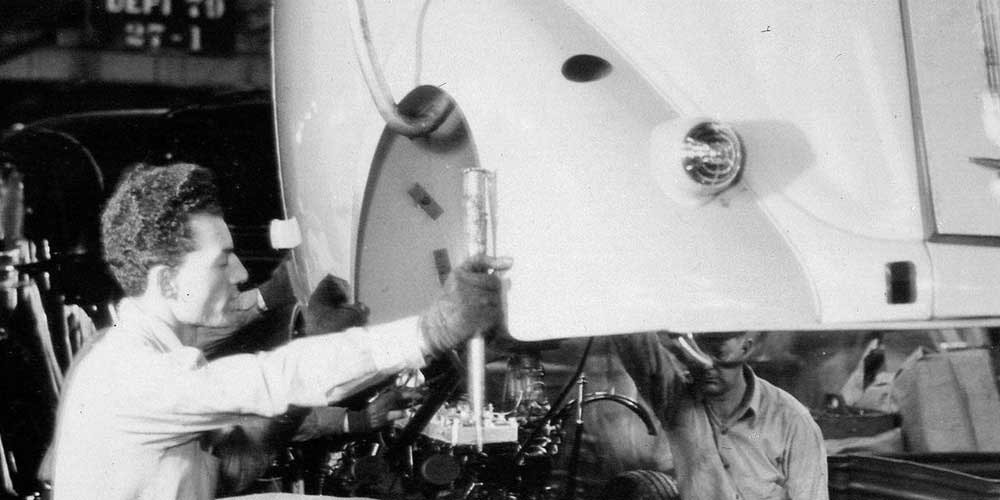By Robert Tate, Automotive Historian and Researcher
Images courtesy of the National Automotive History Collection
Posted: 01.30.2017
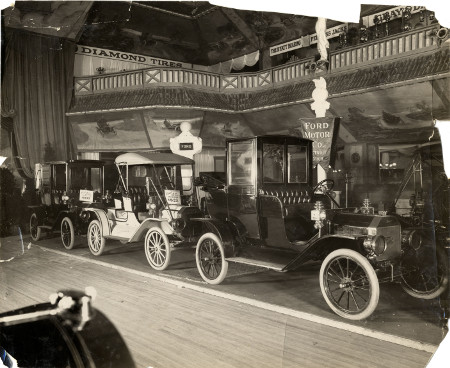
About the turn of the century, there emerged one name who has had a monumental impact on our automotive history and culture and shaped the industry – Mr. Henry Ford (1863-1947).
During the early stages of manufacturing, it was Ford’s famous Model T that helped to put the rest of America on wheels. Henry Ford created great looking automobile designs that most consumers thoroughly enjoyed. During the year 1905, the late Mr. Henry Ford told the world he was going to build a great looking touring car and sell it at an affordable price for the consumer market. That car was the first Model T Ford, which became available to the public in the summer of 1908.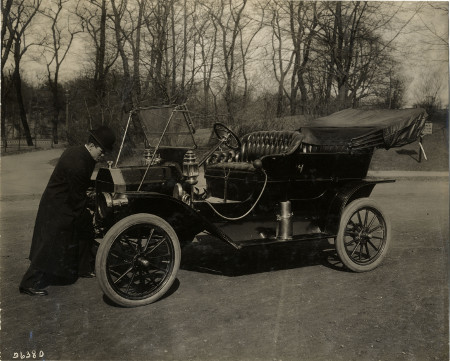
It was a four cylinder, 20 horsepower touring car. The model sold for $850, compared to a figure of $2,800 dollars for a few earlier touring cars the company had previously made. The car had a speed of about 40 miles per hour; carried 10 gallons of gas or enough for 225 miles; a 100-inch wheelbase and weighed 1,200 pounds. The low price of the car combined with its durability and capacity for service made it the most popular automobile in the world. The year 1909 was the first full manufacturing year for the world famous Model T automobile.
The six standard models were offered at prices ranging from $825 to $ 1,000. In 1909, some consumers called the completely enclosed car built Model T coupe a telephone booth on wheels, which also the model designs had appealed to the elderly women and men who did not like the design of an open car.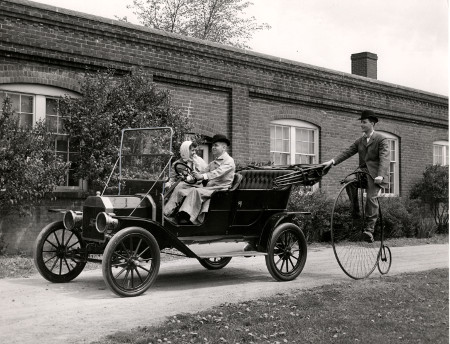
On a historical note, the first Ford plant was located on Mack Avenue in Detroit. From there the manufacturing process moved to the Ford Piquette Avenue Plant, located at Piquette and Beaubien streets, which is still open today and preserves the story of the early Ford years.
In 1909, a large factory was developed in Highland Park which was spread over 278 acres with 105 acres of manufacturing floor space. The Ford conveyor system or “assembly line” was responsible for the great manufacturing process and success. It also wrote the chapter for the history books for the growth of the Ford Motor Company along with the foundation of the auto manufacturing industry and the opportunity which was shared by many of the men and women who worked there.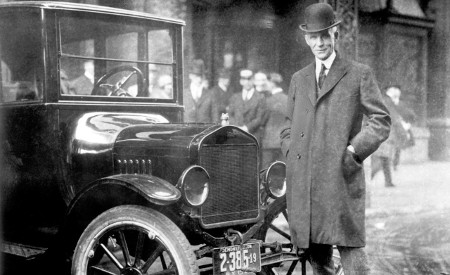
Ford had founded the Ford Motor Company in 1903 and soon made cars affordable with the Model T. Ford had manufactured the first continuously moving assembly line in Highland Park, Michigan. Later he would offer assembly workers a $5 wage for an 8-hour work day. Fifty-eight different nationalities were among the 40,000 in the Highland Park Plant along with 10,000 workers that were located at the River Rouge Plant, which comprised of the blast furnaces and the body department.
Ford once told many of its early automotive customers that they could get any color as long as it was black. In 1915, Ford had produced and manufactured its 1 millionth vehicle. This was the year that Ford completed its purchase also of the land for what was to become the massive River Rouge Plant. The year 1915 also saw the introduction of the first Ford tractor, which many consumers thoroughly liked and appreciated by many farmers across America.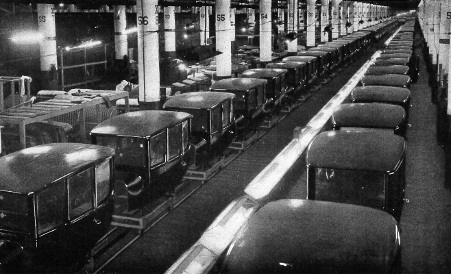
In 1927, the great looking Model T production models had ended in late May of that year. After more than 15 million models manufactured, the Model T is still an iconic vehicle that most collectors still collect and admire today. The Model T had taken its place in our history and in our great heritage. For more information on the Model T, and the Ford Piquette plant, please contact Nancy Darga, who is the managing director of the Ford Piquette Avenue Plant at 313-872-8759 or visit the website at fordpiquetteavenueplant.org.



